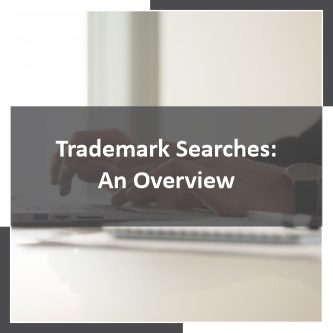Introduction
Trademark searches are a critical step in the trademark registration process. Conducting thorough and accurate searches helps ensure that the proposed trademark is not already in use or similar to existing trademarks. This article will provide valuable tips and best practices for conducting trademark search effectively, allowing businesses and individuals to make informed decisions regarding their trademark applications.
Understanding Trademark Search
Before diving into the best practices, it’s essential to understand the purpose of a trademark search. A trademark search aims to uncover existing trademarks that may conflict with the proposed trademark. It involves searching various databases and sources to identify similar or identical trademarks in the relevant market or industry.
1. Start with the Official Trademark Database
Begin your trademark search by exploring the official trademark database maintained by the relevant trademark office in your jurisdiction. In the United States, for example, the United States Patent and Trademark Office (USPTO) maintains a comprehensive database called the Trademark Electronic Search System (TESS). Other countries have their own official databases.
Searching the official database is crucial because it provides a comprehensive view of registered trademarks in your jurisdiction. Use keywords, relevant classes, and variations of your proposed trademark to conduct a thorough search. Pay attention to both identical and similar trademarks that may cause confusion among consumers.
2. Utilize Online Search Tools
In addition to the official trademark database, there are online search tools and platforms that can assist in conducting comprehensive trademark searches. These tools often provide access to multiple databases and offer advanced search functionalities. Some popular online trademark search tools include:
- WIPO’s Global Brand Database: This database, provided by the World Intellectual Property Organization (WIPO), allows users to search for trademarks from various countries and regions.
- TMview: TMview is a joint project of the European Union Intellectual Property Office (EUIPO) and the participating national offices. It provides access to trademark databases from multiple European countries.
- Google Search: Conducting a simple Google search can help identify any potential conflicts or existing uses of your proposed trademark. It is a quick and easy way to gather preliminary information.
3. Consider Hiring a Trademark Attorney
Trademark attorneys have expertise in conducting comprehensive trademark searches and analyzing the search results. Engaging a trademark attorney can provide valuable insights and guidance throughout the search process. They can help identify potential conflicts, assess the registrability of your trademark, and provide strategic advice for navigating the registration process.
4. Conduct Common Law Searches
While the official trademark database captures registered trademarks, it may not include unregistered or common law trademarks. Common law trademarks are established through use in commerce without formal registration. To uncover common law trademarks, explore various sources, such as business directories, industry publications, trade journals, and social media platforms.
5. Search for Similar Phonetic and Visual Variations
When conducting a trademark search, it’s crucial to search for not only identical marks but also similar phonetic and visual variations. Trademarks that sound or look similar to your proposed trademark may still cause confusion among consumers. Consider variations in spelling, pronunciation, and appearance when conducting your search.
6. Consult with a Trademark Search Firm
Trademark search firms specialize in conducting comprehensive and in-depth trademark searches. They have access to extensive databases and employ advanced search techniques to identify potential conflicts. Collaborating with a trademark search firm can provide an additional layer of expertise and ensure a thorough search of relevant trademarks.
Frequently Asked Questions (FAQs)
Can I conduct a trademark search on my own?
Yes, you can conduct a preliminary trademark search on your own using online resources and databases. However, it’s advisable to consult with a trademark attorney or search professional for a comprehensive and accurate search.
What happens if I find a similar trademark during my search?
If you find a similar trademark during your search, it’s important to assess the potential risks and consult with a trademark attorney. They can provide guidance on whether your proposed trademark may face challenges during the registration process.
Is it necessary to conduct a trademark search before filing an application?
Conducting a trademark search before filing an application is highly recommended. It helps identify potential conflicts and allows you to make an informed decision before investing time and resources in the registration process.
Can I modify my trademark if a similar one is found during the search?
If a similar trademark is found during the search, you may consider modifying your proposed trademark to minimize potential conflicts. However, consult with a trademark attorney to understand the implications and best course of action.
How long does a trademark search typically take?
The duration of a trademark search depends on various factors, including the complexity of the mark, the extent of the search, and the resources allocated. It’s advisable to consult with a trademark attorney or search professional to get an estimate based on your specific requirements.
What are the potential consequences of not conducting a trademark search?
Failing to conduct a trademark search can lead to potential conflicts with existing trademarks. This may result in rejection of your application, legal disputes, and significant costs associated with rebranding or defending your trademark.
Conclusion
Conducting thorough trademark searches is crucial for ensuring the availability and registrability of a proposed trademark. By following these best practices and tips, businesses and individuals can minimize the risk of conflicts, make informed decisions, and enhance the success of their trademark registration efforts.
Other Related Articles
Patent Drafting Amendments: Navigating Changes with Ease
Why Effective Patent Drafting: Everything That You Need To Know





